
About three years ago, when I was manager at Evolution Engineering in London, I had a visit from an occasional customer, whom I shall call Robert. In fact the first visit I recall related to Robert’s need for an exhaust for his S2 1300 coupe. Soon after this he returned with various engine bits on which he sought my opinion. It was then that he explained that he was intending to build a mid-engined car that would use a Fulvia engine and five-speed gearbox. As an inveterate modifier myself, I was delighted to assist at least with advice, and from a business point of view, supplying parts etc.
With the car now legal and running well (although there are a few details to finish and one or two minor faults) Robert’s achievement is superb. He has had to solve numerous technical problems, all without any predecessor to follow, a true expedition into the unknown.
This is not intended to be an exhaustive description of every aspect of the car’s construction; after all I was not present, but my intention is to provide some information about the car in general but mainly to describe some of Robert’s excellent problem-solving and at the same time discuss points that might be of interest to Fulvia enthusiasts. Additionally, I know that Robert is writing up the story for Viva Lancia! the magazine of the English Lancia Motor Club. And I make no excuses for the many photographs I have included; the project deserves them. I should add that all the pictures are Robert’s.
Robert writes:
“What got me started on the project? I'd always fancied building my own race
car, and after building and driving my Westfield for a couple of years I
thought I'd give it a go. Requirements were: space-frame chassis, small
engine, double wishbone suspension all round, low weight, low centre of
gravity, low polar moment of inertia and low cost!”
“Originally I was going to build my own mid-engined chassis and copy the suspension geometry from a kit car manufacturer and then make my own body. My engine choice was limited to a longitudinally mounted engine, and as modern car manufacturers can't be bothered to build interesting drive train packages (except Subaru), it would have to be an older engine, an Alfa 33 engine - beautiful engine, low centre of gravity, excellent power and inboard discs.”
“I went off the idea of building my own chassis and body when I came across MK Engineering’s GT1 project (now sold to Spire Sportscars), realising I wouldn't do better and it would save years! After enjoying my Fulvia so much and succumbing to the Lancia bug, I decided to forgo a little power and 'weight ideals' and went for a Fulvia unit instead of the Alfa. I went straight off to MK Engineering in Doncaster with a dummy engine and gearbox, and found they would easily fit in the 'motorbike engine bay', and the gearbox just fitted the rear of the chassis, where a large chain-driven sprocket was supposed to be. My plan for building the car was simple - mount the gearbox centrally and then build all the parts around the engine/gearbox!”
“Two years later I'm just about done!”
Makes it sound easy doesn’t he? But anyone who has carried out any significant modifications can probably imagine how difficult building a complete car from an “idea” can be.
For example, have a look at an early picture; from this point it is clear that Robert had a daunting task ahead of him.
At the beginning, we discussed many aspects – it’s a pity I didn’t make notes – but I do recall pointing out that one particular difficulty would be arranging the clutch release and another, even trickier, the gearbox change mechanism, with the engine/gearbox assembly being behind the driver. More of these later.
As may be seen from the pictures, the chassis is quite simple in construction, being a space-frame constructed from square-section steel tube, and stiffened in the classic way with riveted panels. Certain features are attractive: note for example, the long wishbones front and rear, and the adjustable geometry and of course rack and pinion steering; there is no engine in the way to hinder the installation of the latter! Given the weight of the Fulvia gearbox (about 65kg), such adjustments could well be useful I think. The running gear is supplied by the makers; note the aluminium uprights. I understand that the rest, hubs and so on, in best “special” tradition, are Ford components.
DRY SUMP
Apart from general planning, much of Robert’s early work concerned the engine, always my favourite part of any car and after our having discussed the advantages of dry sumping, he decided to opt for it. He began by modifying a Fulvia sump by cutting and welding:
To be continued...







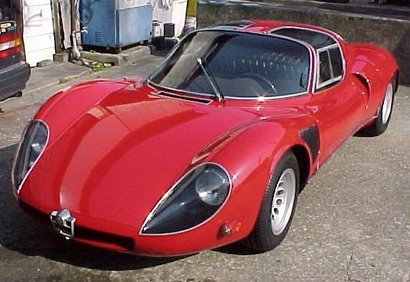
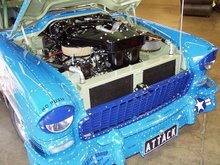
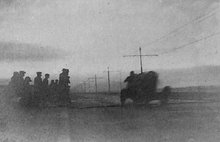

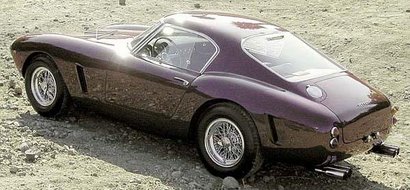
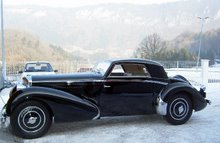
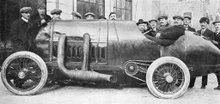


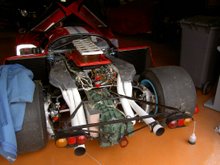

No comments:
Post a Comment